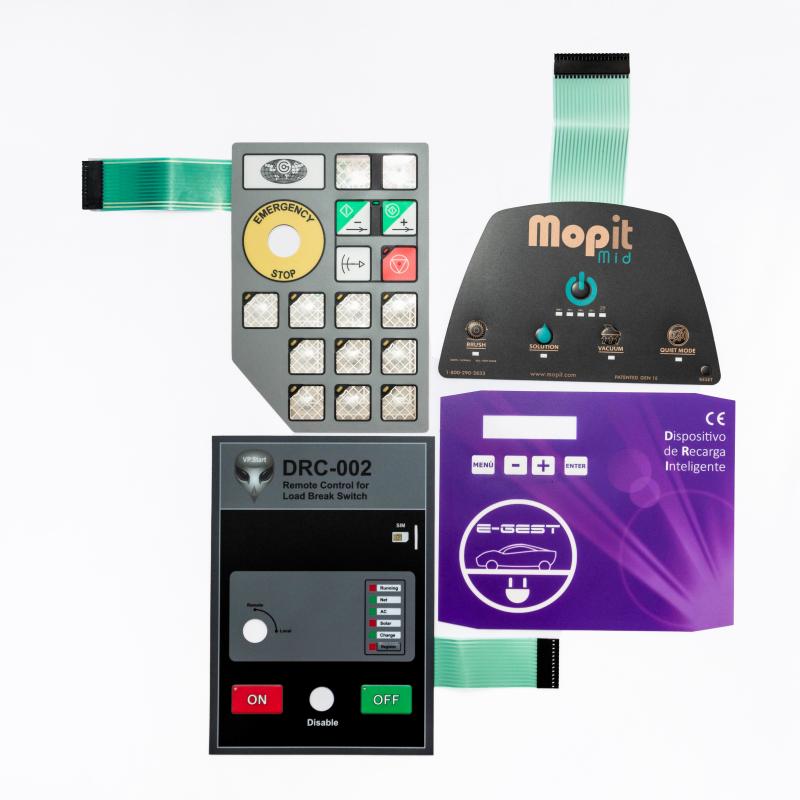Contact
Write to Us And We Would Be Happy to Advise You.
Do you have any questions, or would you like to speak directly with a representative?
By hqt
Graphic overlays are an essential component in the design of many electronic devices, providing a visual interface for the user while also protecting the underlying components. When it comes to designing a custom graphic overlay, there are several key considerations that must be taken into account to ensure the final product is both functional and aesthetically pleasing. In this article, we will discuss seven essential considerations for designing a custom graphic overlay.

The first consideration when designing a custom graphic overlay is the purpose and functionality of the device. What is the intended use of the device, and how will the overlay interface with the user? Will the overlay include buttons, switches, or other controls, and how will these be incorporated into the design?
The second consideration is the material selection for the overlay. There are several materials available, including polycarbonate, polyester, and polyimide, each with its own unique properties and benefits. It’s essential to choose a material that is durable and resistant to environmental factors, such as heat, moisture, and chemicals.
The third consideration is the design and aesthetics of the overlay. This includes the overall layout, color scheme, and any branding elements, such as logos or product names. It’s essential to create a design that is both functional and aesthetically pleasing, and that fits with the brand and product image.
The fourth consideration is the user experience. How will the overlay interface with the user, and what are the user’s expectations for the device? It’s essential to create a design that is intuitive and easy to use, with clear and concise labeling for buttons and controls.
The fifth consideration is the manufacturing process for the overlay. There are several methods available, including screen printing, digital printing, and embossing, each with its own unique advantages and disadvantages. It’s essential to choose a manufacturing process that is both cost-effective and produces a high-quality product.
The sixth consideration is testing and quality control. It’s essential to test the overlay to ensure it meets the required specifications and performs as intended. This may include testing for durability, functionality, and compatibility with the underlying components.
The final consideration is cost and lead time. It’s essential to balance the cost of the overlay with the quality of the final product and to consider the lead time for production and delivery. By carefully considering these factors, you can ensure that the final product meets your standards and provides an exceptional user experience.
In conclusion, designing a custom graphic overlay involves a careful balancing of several key considerations, including purpose and functionality, material selection, design and aesthetics, user experience, manufacturing process, testing and quality control, and cost and lead time. By carefully considering each of these factors, you can ensure that your custom graphic overlay is both functional and aesthetically pleasing, providing an exceptional user experience for your customers.
Do you have any questions, or would you like to speak directly with a representative?